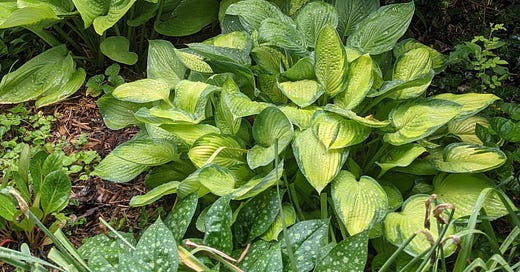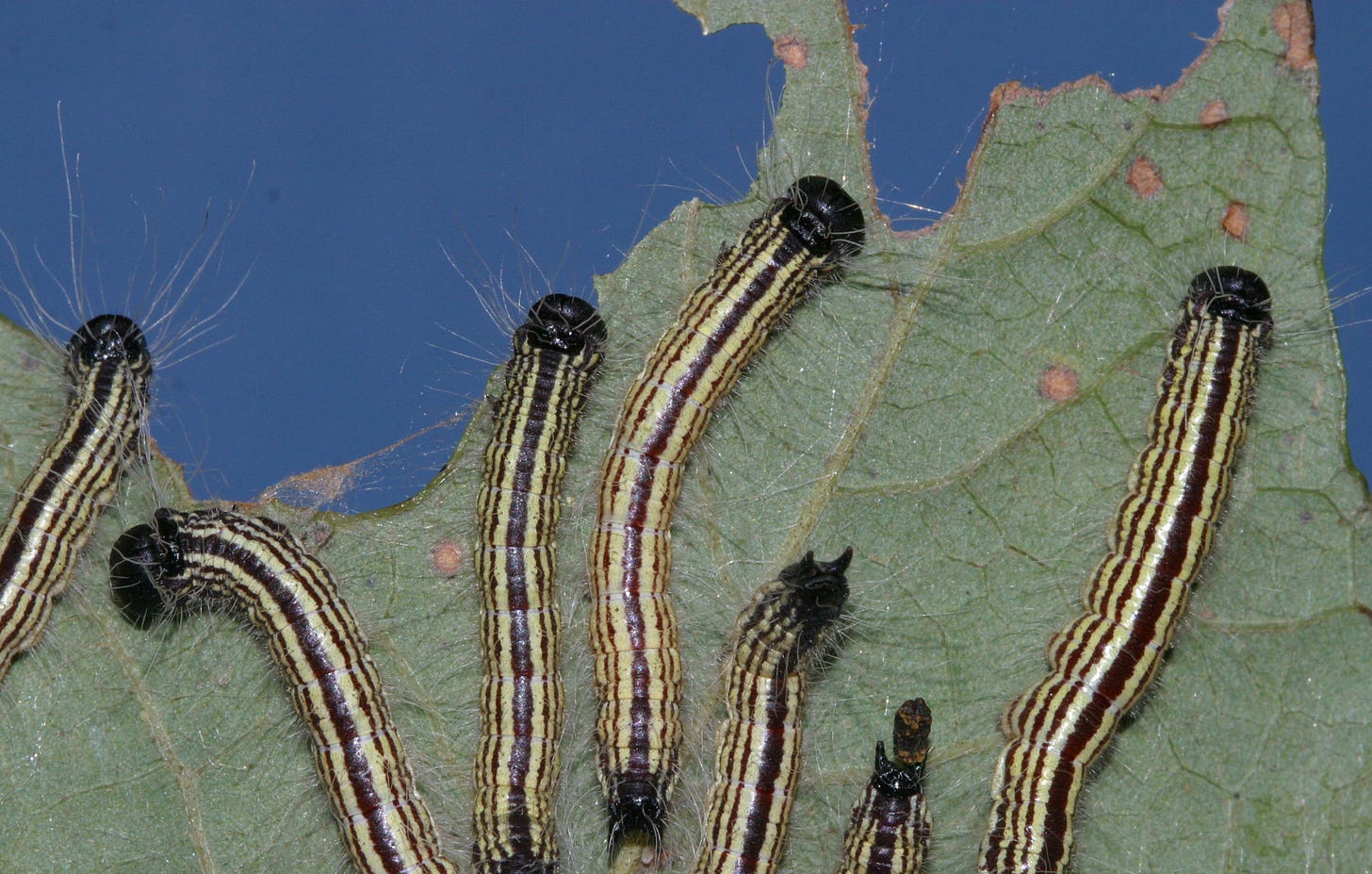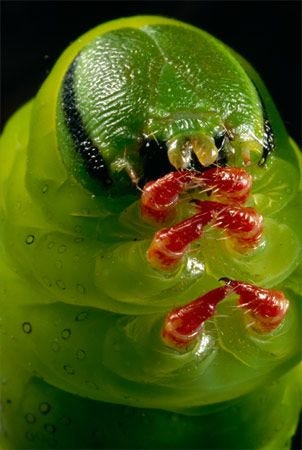Hostas, guilt and gardening on a higher plane
First of all, a confession that will appall hosta fanciers - I can take them or leave them.
Sure, I grow several, most of which I brought with me when I moved from Ohio to Kentucky. There’s the enormous-leafed “Sum and Substance”, a most stately plant, which is the only hosta of whose identity I’m certain. There are a few others including what a wag once described as “the green one and the variegated one” which reliably do their foliage thing and brief flowering in my partly shaded front border every year. When it comes to adding new plants to the garden however, hostas are an afterthought if I think of them at all. I don’t feel a compelling urge to acquire every new wrinkle in variegation, foliar form and size. The same goes for daylilies, a genus favored to such an extent by some that their entire garden becomes a display for every conceivable variation in petal color, form and size, while other plants (if there are any) are consigned to lesser status as “companion plants”.
A lack of super-specialization makes one less of an accomplished gardener, if you believe horticultural pundits like Jim Wilson. Wilson authored a book called Masters of the Victory Garden: Specialty Gardeners Share Their Expert Techniques. One chapter deals with hostaholics for whom other genera are relegated to secondary status; others feature obsession with growing such plants as roses, daylilies and dwarf conifers. According to Wilson, being successful in growing one type of plant makes one superior to the common run of gardeners. I don’t buy it.
Specialization certainly has its role in a variety of fields. For my money, the greatest value is often in a generalist whose expertise covers a much broader range of subjects. For example, a good internist or general practitioner of medicine gets more admiration and respect from me than a physician with an extremely narrow focus, as useful as that focus may be.
Getting off the soapbox and back to hostas, it turns out that hosta fanciers are helping to ruin our planet. Bet you didn’t know that!
I learned this from an editor’s letter in a recent issue of Fine Gardening featuring the following expression of angst: “…as a gardener, I have to ask: Are the nonnative plants in my landscape ruining the local ecosystem? Is my “Island Breeze” hosta an environmental hazard? Maybe.
As (conservationist Doug) Tallamy sees it, my hosta is just sitting there, not doing any harm, but not doing good either. It’s an ecological space-filler. But if I planted an oak tree, I’d be helping feed and shelter roughly 952 creatures.”
So there you have it - don’t plant hostas in your front border, put in an oak tree instead. Never mind that it’s totally unsuited for planting six feet from your house and will need to be removed before too long, the 952 creatures will thank you in the meantime. Or maybe just the 95 creatures who’ll benefit from the juvenile oak before the chainsaw comes out.
The magazine’s interview with Tallamy, a professor of entomology and wildlife ecology, provides insight into the process of transplanting guilt into gardens. Your garden should be focused on feeding caterpillars and supporting “functional food webs”; the 952 creatures mentioned earlier are all caterpillars. Of course, lawns are the great evil. Lawn “wrecks the watershed”, you see. This condemnation apparently applies to all lawns, even ones like mine that don’t get supplemental water or applications of fertilizer or herbicides. Tallamy’s goal is cutting the nation’s lawn coverage in half to create a “Homegrown National Park” in which 952 caterpillars can run (and chew) free.
Sorry, but my gardening emphasis is on what pleases the gardener, not feeding caterpillars. I have reduced lawn coverage wherever I’ve lived, but to establish space for growing interesting plants, not to preserve the watershed and benefit rapaciously chewing insects. I grow both “native” and “exotic” species with regard to what’s beautiful and hardy in my area, not with the goal of Replenishing The Earth (Tallamy, unusually for native plant preachers, acknowledges that some non-natives fill the same role as natives when it comes to nourishing favored creatures (caterpillars), but we shouldn’t pay much attention to this phenomenon as these are “exceptions”). I limit pesticide spraying to controlling the scourge of Japanese beetles on susceptible plants (roses, crepe myrtles and hardy bananas). I have planted many trees including Tallamy’s favorite white oak (in the full knowledge that white oaks, while magnificent trees, are not going to approach full size in my lifetime). That includes trees on the don’t-grow lists of Tallamy and others, such as ginkgo. In my view there’s limited value to establishing someone else’s idea of a chewed-up Eden in my garden, and much more benefit in supporting conservation programs to protect and expand existing wild areas.
“Think of your hosta as a little plastic statue. It’s there and it’s not wrecking anything; it’s just not helping anything. So how many plastic statues do you want?” - Doug Tallamy
As indicated earlier, I don’t want or need many hostas. What I do want is as many colorful, attractive, rewarding plants as I can comfortably grow, even if caterpillars are gnashing their mandibles over these ornamentals' lack of tastiness.
I do have a few statues (gargoyles, actually) to protect the garden from invasive, finger-wagging scolds.







